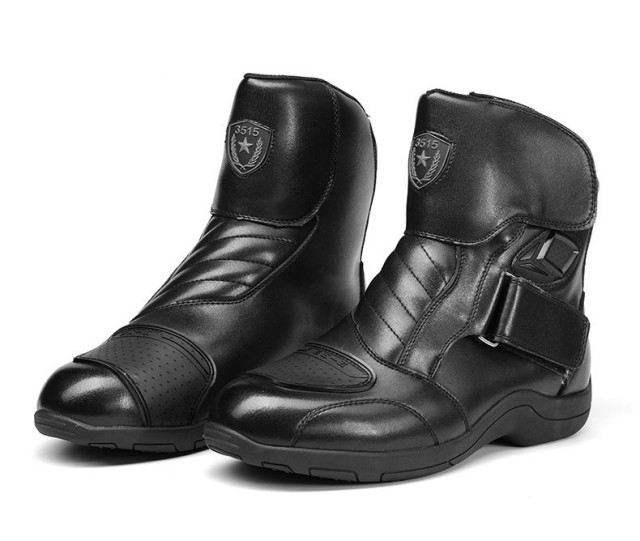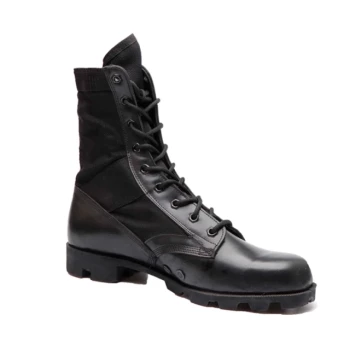Tactical footwear isn’t just about durability—it’s a critical tool for concealment. Whether you’re a military professional, law enforcement officer, or outdoor enthusiast, understanding how camouflage patterns and materials enhance stealth can mean the difference between mission success and compromise. This guide breaks down the science behind effective camouflage, how it adapts to diverse environments, and real-world performance insights.
The Science Behind Effective Camouflage
Camouflage isn’t just about looking rugged; it’s a calculated blend of color theory, pattern disruption, and advanced materials designed to deceive the human eye.
Color Theory and Pattern Disruption
Effective camouflage leverages:
- Natural color palettes: Earth tones (greens, browns, tans) mimic foliage, soil, and rock.
- High-contrast micro-patterns: Irregular shapes break up the wearer’s silhouette, making movement harder to track.
- Adaptive gradients: Patterns transition smoothly to avoid sharp edges that stand out in natural settings.
Research shows that patterns with 3–5 dominant colors and organic shapes (like digital "pixelated" or "organic brushstroke" designs) outperform solid colors by reducing detection rates by roughly 30–50% in dynamic environments.
Material Technologies for Concealment
Modern tactical footwear integrates:
- IR-reflective coatings: Minimize infrared signature for night operations.
- Matte finishes: Reduce light reflection that could reveal position.
- Texture-mimicking fabrics: 3D fabrics replicate terrain surfaces (e.g., gravel, bark) for added concealment.
For example, some military boots use laser-scanned terrain data to replicate specific environments, like desert sand ripples or forest undergrowth textures.
Adapting Camouflage to Diverse Environments
No single pattern works everywhere. Mission-specific footwear considers terrain-specific adaptations.
Woodland and Desert: Pattern Variations
- Woodland: Dominated by deep greens and browns with vertical "leaf litter" patterns to blend into forests.
- Desert: Light tans and beiges with horizontal "wind-blown" streaks mimic sand dunes.
In arid regions, studies note that boots with wider, softer pattern edges (vs. sharp digital blocks) reduce visibility by ~40% at mid-range distances.
Urban Terrain: Low-Visibility Design
Urban camouflage prioritizes:
- Neutral grays and muted blues: Blend into concrete and shadows.
- Geometric fragments: Disrupt outlines against man-made structures.
- Low-profile soles: Reduce noise and reflectivity on hard surfaces.
Special forces units often use "urban gray" variants with subtle asymmetrical patterns to avoid detection in built-up areas.
Real-World Applications and Performance
Military Case Studies: Concealment in Action
- Jungle Operations: Footwear with layered green/brown patterns and moisture-wicking materials prevented fungal growth while maintaining concealment during prolonged missions.
- Arctic Conditions: White-and-gray "snow scatter" patterns with insulated uppers reduced thermal signatures against snowy backdrops.
Balancing Camouflage with Footwear Durability
The best tactical boots merge concealment with:
- Abrasion-resistant materials: Prevent pattern wear from rocks or debris.
- Quick-drying fabrics: Ensure functionality in wet environments without color fading.
- Reinforced stitching: Maintain structural integrity during high-intensity movement.
For instance, some designs embed camouflage pigments into the material rather than printing them on the surface, ensuring longevity.
Conclusion: Camouflage as a Tactical Advantage
From color science to terrain-specific adaptations, effective camouflage in tactical footwear is a blend of innovation and practicality. Whether you’re navigating dense forests or urban alleyways, the right pattern and material choices can enhance stealth, safety, and operational success.
Ready to equip your team with mission-ready footwear? 3515 specializes in high-performance tactical boots tailored for distributors and bulk buyers, combining advanced camouflage technologies with battlefield-proven durability. [Contact us] to discuss custom solutions for your operational needs.
Related Products
- Durable Mid-Cut Tactical Boots for Wholesale & Private Label
- Wholesale Durable Mid-Cut Tactical Boots for Custom & Private Label Brands
- Wholesale Durable Camo Canvas Shoes with High-Traction Rubber Soles
- Wholesale Waterproof Tactical Boots Custom Suede & High-Traction Soles
- Durable Military Combat Boots with Water Drainage for Wholesale & OEM
Related Articles
- How Tactical Boots Deliver Long-Term Value: A Cost & Performance Breakdown
- How Tactical Boots Solve Real-World Challenges: From Work Sites to Wilderness
- How to Choose Tactical Boots That Match Your Law Enforcement Needs
- How Tactical Boots Are Engineered to Last: The Science Behind Long-Lasting Performance
- How Tactical Boot Engineering Solves Real Outdoor Challenges



















